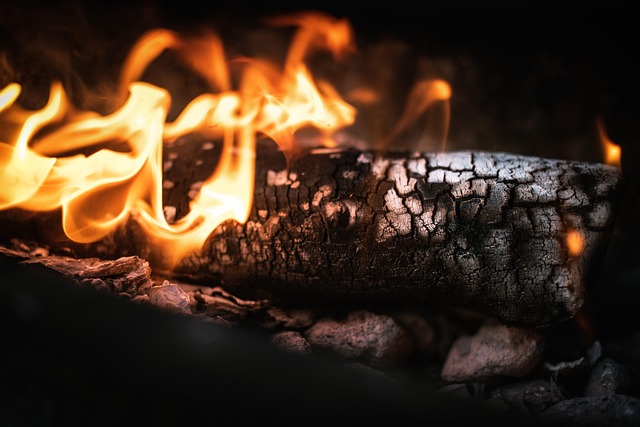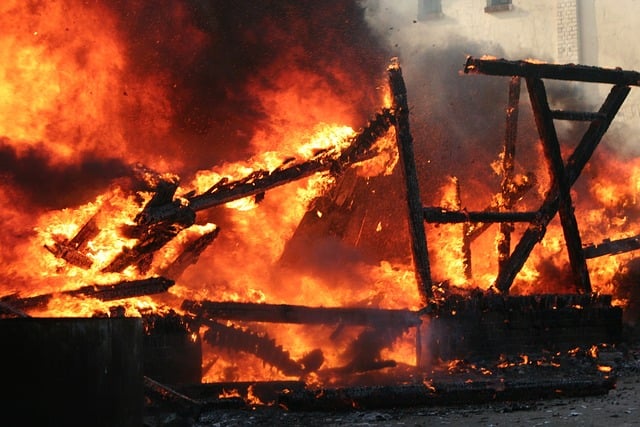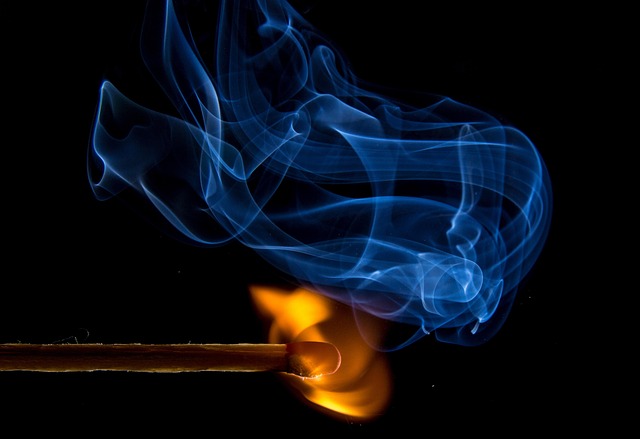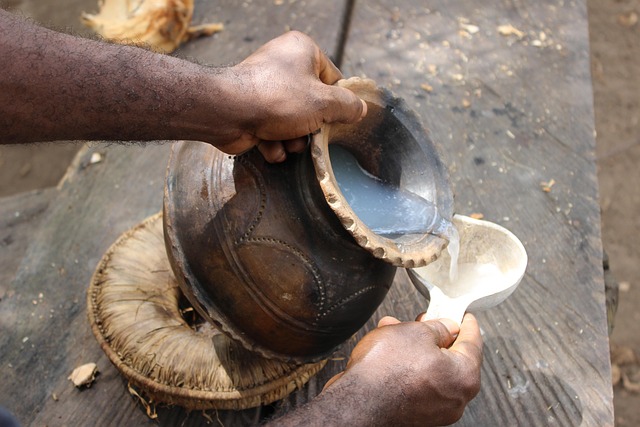Schertz communities face pressing issues from house fires, driven by multiple factors including electrical malfunctions, kitchen accidents with grease fires, careless use of open flames, and natural disasters. Proper maintenance is key to prevention. After a fire, thorough assessment and preparation are essential before restoration, focusing on material type, condition, and sorting damaged items. Advanced cleaning techniques like ozone treatment and molecular steam cleaning combat persistent smoke damage odors and residues. Quick action post-fire, including packaging affected clothing, enhances restoration outcomes. Understanding the common causes of house fires in Schertz homes is vital for combination fire safety measures to protect against smoke-related clothing damage.
Smoke damage from house fires can devastate personal belongings, including clothing. Understanding the common causes of these devastating Schertz home fires is crucial for prevention. Once fire strikes, quick assessment and preparation are vital for effective restoration. This article explores advanced techniques to restore smoke-damaged clothing, providing insights into every step needed to revive garments affected by this unique challenge. By understanding Schertz’s fire hazards, you can better protect your wardrobe.
- Common Causes of House Fires in Schertz Homes
- Assessment and Preparation for Smoke Damage Restoration
- Advanced Techniques for Restoring Smoke-Damaged Clothing
Common Causes of House Fires in Schertz Homes

House fires are a significant concern for any community, and Schertz is no exception. Understanding the common causes of these incidents is essential in preventing potential disasters. One of the primary factors contributing to residential blazes in Schertz homes is electrical malfunctions. Old or faulty wiring, overloaded circuits, and outdated electrical systems can spark flames, especially when coupled with high-power appliances or lighting fixtures. Additionally, kitchen accidents are a leading cause, often involving grease fires from ovens or stovetops, which require immediate attention and proper extinguishing techniques.
Another frequent culprit is the careless use of open flames, including candles or outdoor firepits without adequate ventilation or supervision. Natural disasters also play a role; lightning strikes during thunderstorms can ignite structures, while power lines carrying high voltages may cause arcing, leading to structural fires. Moreover, heating systems and water heaters that are not well-maintained or installed correctly can pose significant risks, as can the improper disposal of hot ash from fireplaces or woodstoves.
Assessment and Preparation for Smoke Damage Restoration

Smoke damage from house fires is a common issue for Schertz residents, often leaving clothing and fabrics affected. Before beginning the restoration process, thorough assessment and preparation are crucial steps. The first task involves identifying the extent of the smoke damage, which can range from minor discoloration to severe odour absorption and material degradation. Professionals carefully inspect each piece, considering factors like fabric type, colour, and overall condition.
Preparation includes setting up a controlled work area, often in a well-ventilated space outside the affected home. Clothing is then sorted based on material and severity of damage, ensuring proper handling to prevent further contamination or staining. This meticulous approach forms the foundation for successful restoration, aiming to restore garments to their pre-fire condition while addressing any lingering odours and visual imperfections caused by smoke.
Advanced Techniques for Restoring Smoke-Damaged Clothing

In many cases, smoke damage goes beyond visible charring and discolouration. Even if clothing appears clean, it can retain odours and chemical residues from the burning materials. Advanced techniques like ozone treatment and molecular steam cleaning have proven effective in removing these lingering traces. Ozone, a powerful oxidizer, neutralizes organic compounds responsible for the pungent smoke smell. Meanwhile, molecular steam cleaning uses hot, pressurized water infused with specific chemicals to break down and extract smoke-embedded particles.
Understanding the common causes of house fires in Schertz homes is key to preventing future smoke damage. Kitchen malfunctions, electrical issues, and accidental candles or heating equipment are frequent culprits. Prompt action after a fire—including quick removal and packaging of affected garments—can significantly improve restoration outcomes. Advanced cleaning methods, coupled with proactive measures against fire hazards, offer the best line of defence against smoke-related clothing damage.
Smoke damage from house fires can significantly impact clothing, but advanced restoration techniques offer hope. Understanding common Schertz home fire causes and preparing appropriately is key. By assessing and treating affected items promptly, these processes can revive smoke-damaged clothing, ensuring cherished memories and personal possessions are preserved. Incorporating innovative methods ensures a thorough recovery, allowing residents to rebuild with restored garments that tell their unique story of resilience.
